





Oscommerce to Opencart
Migrating your store from Oscommerce to Opencart might seem daunting, but with proper planning and the right tools, it's a smooth process. Follow this step-by-step guide to ensure a successful transition.
Schedule a call
Step-by-Step Migration Guide: osCommerce to OpenCart migration guide
Step 1: Preparing Your osCommerce Store for Migration
In this step, we will ensure that your osCommerce store is ready for migration, including backing up data, checking for updates, and assessing installed plugins.
Step 2: Setting Up Your OpenCart Store
In this step, we will guide you through the process of setting up your new OpenCart store, including installation and configuration.
Step 3: Migrating Data from osCommerce to OpenCart
This step details how to use data migration tools to transfer your data from osCommerce to OpenCart efficiently.
Step 4: Verifying Data Integrity Post-Migration
After the migration, we will verify that all data has been transferred correctly and is functioning as expected in OpenCart.
Step 5: SEO Optimization and 301 Redirects
In this step, we will implement SEO strategies and set up 301 redirects to maintain your store’s search engine rankings.
Step 6: Customizing Your OpenCart Store
This step focuses on customizing your OpenCart store to align with your brand identity and enhance user experience.
Step 7: Launching Your OpenCart Store
In this step, we will prepare to launch your OpenCart store, ensuring everything is functioning correctly and ready for customers.
Power Your Step - Get in Touch
Ready to take the next step in your ecommerce journey? Contact PowerCommerce for expert migration support.
Step 1: Preparing Your osCommerce Store for Migration
Before initiating the migration from osCommerce to OpenCart, it is crucial to prepare your existing osCommerce store. This preparation phase ensures that your data is secure and that the transition is smooth. We will focus on three main tasks: backing up your data, checking for updates, and assessing installed plugins.
First, performing a complete backup of your osCommerce store is essential. This backup will safeguard your data, allowing you to restore it in case of any issues during the migration process. Follow these steps to back up your store:
- Backup Database: Use a tool like phpMyAdmin to export your database. Go to phpMyAdmin, select your osCommerce database, click on the 'Export' tab, and choose the 'Quick' export method.
- Backup Files: Connect to your server via FTP and download all files from your osCommerce installation directory. This includes all product images, configuration files, and any custom code.
- Backup Configuration: Document your current configuration settings, including payment gateways, shipping methods, and any custom settings that may need to be replicated in OpenCart.
Once you have your backup secured, check your osCommerce installation for any available updates. Keeping your software updated is vital for ensuring security and compatibility:
- Log in to your osCommerce admin panel.
- Navigate to the 'Admin' section and check for any available updates or patches.
- If updates are available, apply them to your installation.
Finally, assess any installed plugins or add-ons:
- Make a list of all active plugins and determine which ones are essential for your operation.
- Check their compatibility with OpenCart and note any that may need replacements or adjustments post-migration.
Completing these tasks will prepare your osCommerce store for the migration process, ensuring that your data is secure and that you are ready for the next steps.
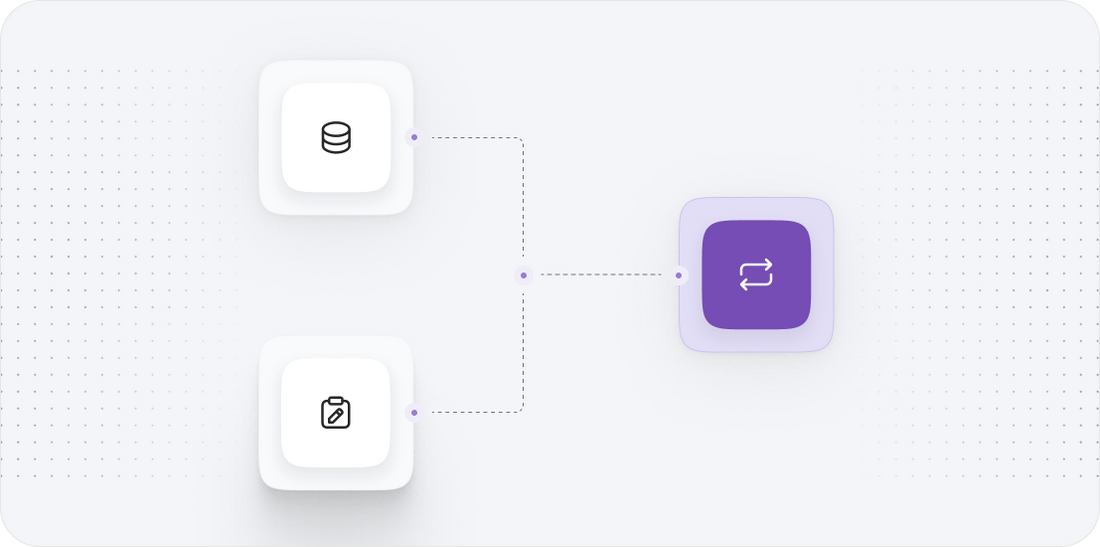
Step 2: Setting Up Your OpenCart Store
With your osCommerce store prepared, the next step is to set up your new OpenCart store. This involves installing OpenCart, configuring basic settings, and ensuring that the environment is ready to receive data.
Here’s how to set up your OpenCart store:
- Choose a Hosting Provider: Select a hosting provider that supports OpenCart. Ensure that the server meets the following requirements: PHP 7.0 or later, MySQL 5.1 or later, and Apache or Nginx server.
- Download OpenCart: Visit the OpenCart website and download the latest version of the platform.
- Upload Files: Using FTP, upload the OpenCart files to your server. Ensure that the files are placed in the directory where you want your store to be hosted.
- Create a Database: Access your hosting control panel and create a new MySQL database for OpenCart. Note down the database name, username, and password.
- Run Installation: Navigate to your OpenCart directory in a web browser. Follow the installation prompts, entering your database details as prompted. Configure the settings, including your store name, email, and admin user details.
After installation, it’s essential to configure basic settings:
- Log in to the OpenCart admin panel.
- Go to System > Settings and configure your store details, including your store name, logo, and contact information.
- Set up payment and shipping methods by navigating to Extensions > Extensions and selecting the appropriate modules for your needs.
With your OpenCart store set up, you’re now ready to proceed to the migration of data from osCommerce.

Step 3: Migrating Data from osCommerce to OpenCart
The data migration process is the core of transitioning from osCommerce to OpenCart. We recommend using an automated migration tool like Cart2Cart to facilitate this process. This tool simplifies the transfer of various entities, including products, customers, orders, and more.
Here’s how to migrate your data:
- Set Up Cart2Cart: Visit the Cart2Cart website and create an account. After logging in, navigate to the migration wizard.
- Connect Your Stores: Select osCommerce as your source cart and OpenCart as your target cart. You will be prompted to provide the necessary connection details for both platforms:
- For osCommerce, provide the URL, admin username, and password.
- For OpenCart, supply the URL and admin credentials.
- Select Data to Migrate: Choose the type of data you want to migrate (e.g., products, customers, orders). You can also opt for additional options such as SEO URLs and other specific settings.
- Run Demo Migration: It’s advisable to run a demo migration first. This will allow you to see how the data will appear in your OpenCart store without affecting your live data.
- Perform Full Migration: After reviewing the demo results and making any necessary adjustments, initiate the full migration. The tool will transfer all selected data to your OpenCart store.
During the migration process, ensure you monitor the progress and be available to address any potential issues that may arise.
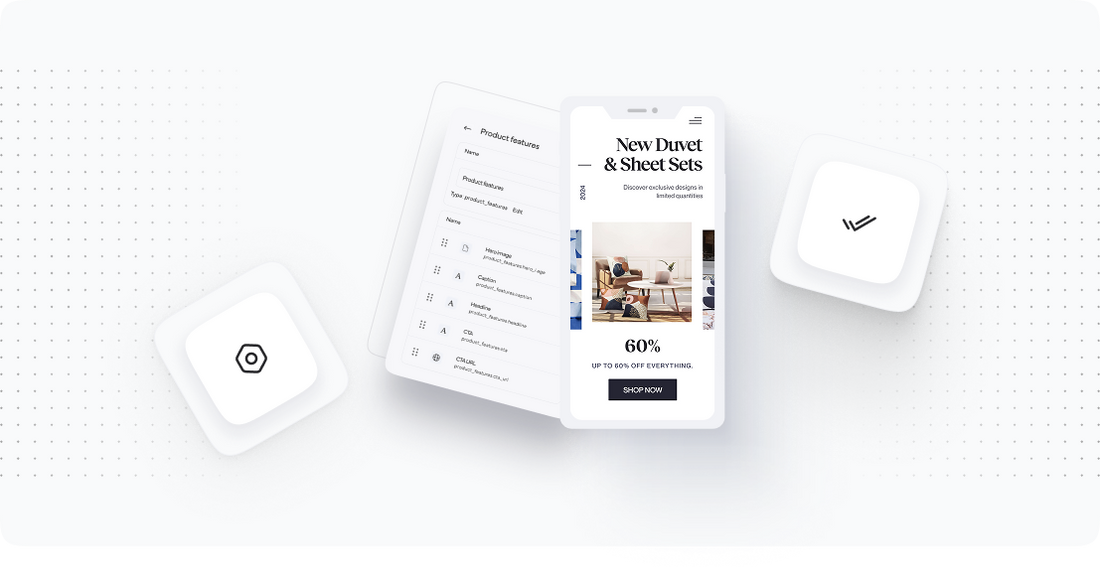
Step 4: Verifying Data Integrity Post-Migration
Once the migration from osCommerce to OpenCart is complete, it’s imperative to verify the integrity of the migrated data. This step ensures that all information has been transferred accurately and that your new store is operational.
Here’s how to verify your data:
- Check Product Listings: Navigate to the Catalog section in your OpenCart admin panel. Review your product listings to confirm that all product information, images, prices, and descriptions are correct.
- Review Customer Accounts: Go to the Customers section and check that all customer accounts have been migrated, including their order history and account details.
- Test Orders: Place a test order to ensure that the order process works seamlessly, from product selection to checkout. Ensure that payment and shipping methods function correctly.
- Check SEO Settings: If you opted to migrate SEO URLs, confirm that they are correctly configured and that they redirect properly from the old osCommerce URLs.
- Monitor Performance: Keep an eye on your store’s performance for a few days post-migration to catch any anomalies or issues that may arise.
By thoroughly verifying your data, you ensure that your OpenCart store is ready for business and that customers can enjoy a seamless shopping experience.
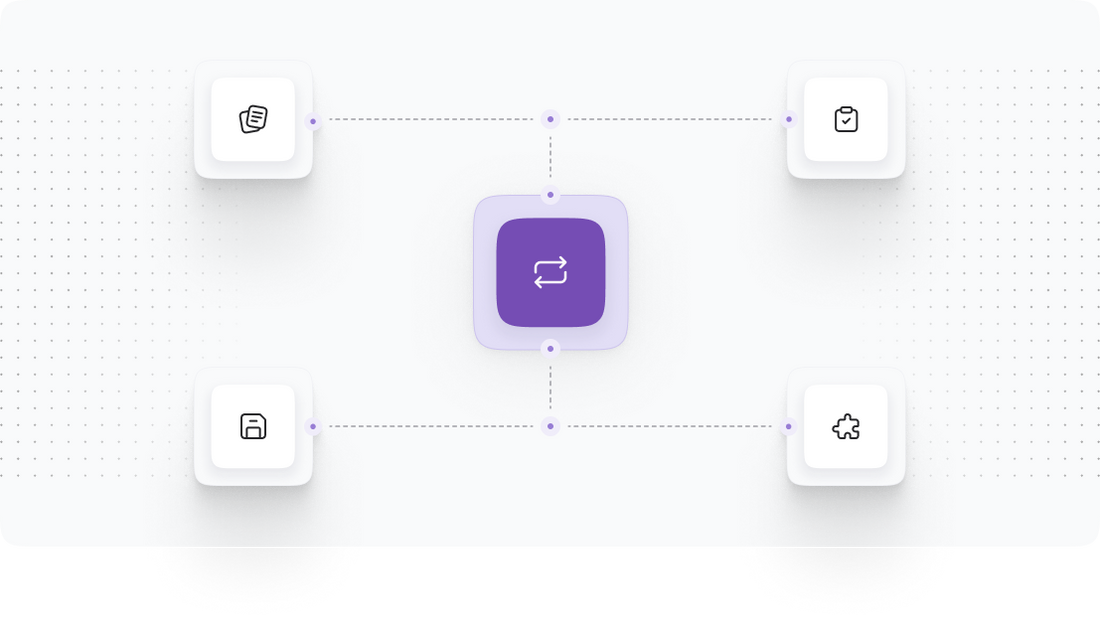
Step 5: SEO Optimization and 301 Redirects
SEO optimization is a critical step after migrating from osCommerce to OpenCart. It helps maintain your website's visibility and rankings in search engine results, which might be affected during the migration process.
Here’s how to optimize your SEO and set up 301 redirects:
- Implement 301 Redirects: To redirect traffic from your old osCommerce URLs to the new OpenCart URLs, set up 301 redirects. This tells search engines that the page has permanently moved, transferring SEO value:
- Use a .htaccess file or a redirect plugin for OpenCart to create these redirects.
- Map old URLs to their new counterparts, ensuring that all relevant pages have redirects in place.
- Optimize Meta Tags: Review and optimize your meta titles and descriptions for products and categories in OpenCart. Ensure they are relevant to current SEO practices.
- Update Sitemap: Generate a new XML sitemap for your OpenCart store and submit it to search engines. This helps them index your site more efficiently.
- Monitor SEO Performance: Use tools like Google Analytics and Google Search Console to track your site’s performance post-migration. Keep an eye on traffic levels and rankings to identify any issues quickly.
By implementing these SEO strategies, you can help ensure that your new OpenCart store retains its search engine visibility and continues to attract customers.
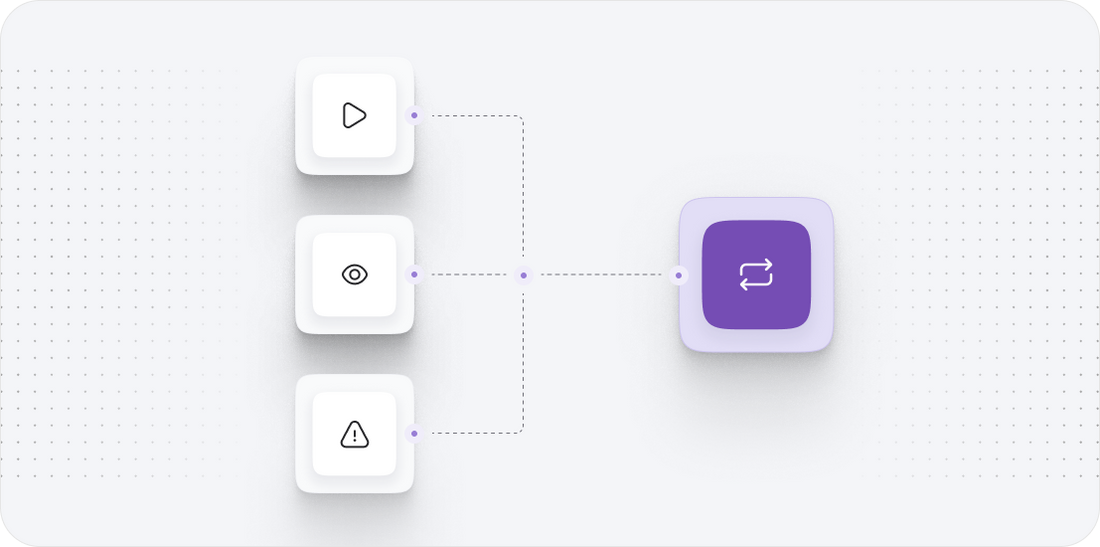
Step 6: Customizing Your OpenCart Store
With your data successfully migrated and SEO optimized, it’s time to customize your OpenCart store. Customization allows you to align the store's appearance and functionality with your brand identity while enhancing user experience.
Here's how to customize your OpenCart store:
- Select a Theme: Choose a theme that reflects your brand's style. OpenCart offers a variety of free and premium themes:
- Access the OpenCart marketplace and browse available themes.
- Install and apply your chosen theme via the admin panel under Extensions > Themes.
- Customize Theme Settings: Most themes come with customizable options:
- Adjust colors, header images, and layout settings from your theme settings panel.
- Ensure that the design is responsive and optimal for both desktop and mobile devices.
- Add Extensions: Enhance functionality by adding extensions from the OpenCart marketplace:
- Consider adding modules for enhanced SEO, marketing, and analytics.
- Install and configure extensions that improve user experience, such as live chat or social media integration.
- Test User Experience: Navigate through your store as a customer would to ensure the shopping experience is smooth. Check for any broken links, missing images, or navigation issues.
Customizing your OpenCart store enhances your brand's presence and improves customer engagement, ultimately leading to higher conversion rates.
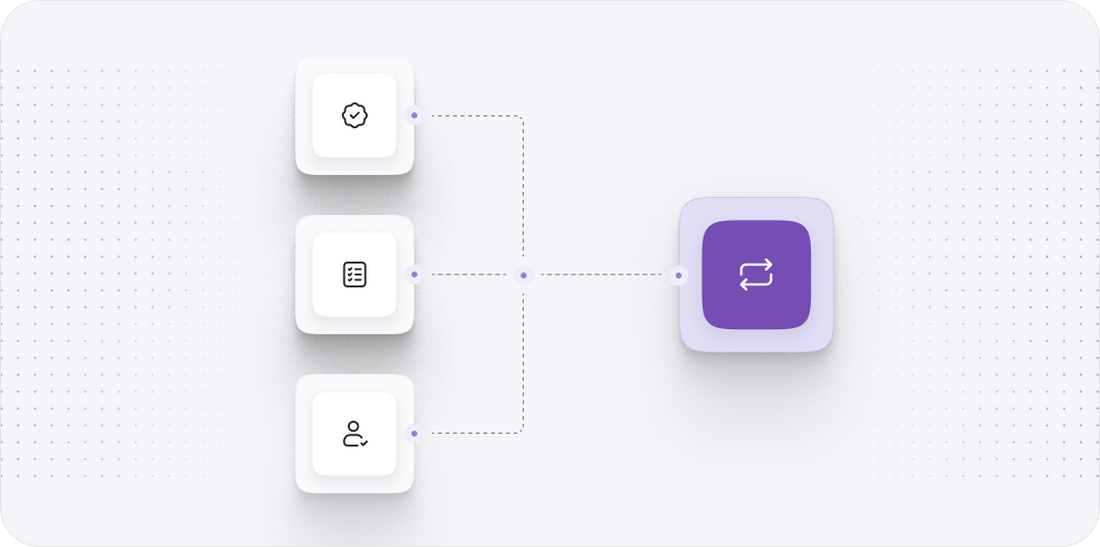
Step 7: Launching Your OpenCart Store
With customization complete and all necessary checks performed, it’s time to launch your new OpenCart store. This step is crucial, as it involves confirming that everything is functioning correctly and is prepared for customer visits.
Here’s how to prepare for the launch:
- Final Testing: Conduct a comprehensive test of your store:
- Test the checkout process, ensuring that payments process correctly and that customers receive confirmation emails.
- Check that all product links work, images load correctly, and that there are no errors on your site.
- Go Live: Once you are satisfied with the testing results, it’s time to make your store live:
- Remove any maintenance or coming soon messages from your site.
- Update your DNS settings if required to point to your new OpenCart store.
- Announce Your Launch: Promote your new OpenCart store to your existing customers and on social media:
- Send out an email announcement to your customer list.
- Utilize social media platforms to share the news about your new store.
- Monitor Performance: After launch, closely monitor your store’s performance:
- Keep an eye on website traffic, user engagement, and sales metrics.
- Be prepared to address any issues that may arise promptly.
By following these steps, you can ensure a successful launch of your OpenCart store, setting the stage for growth and success in your online business.
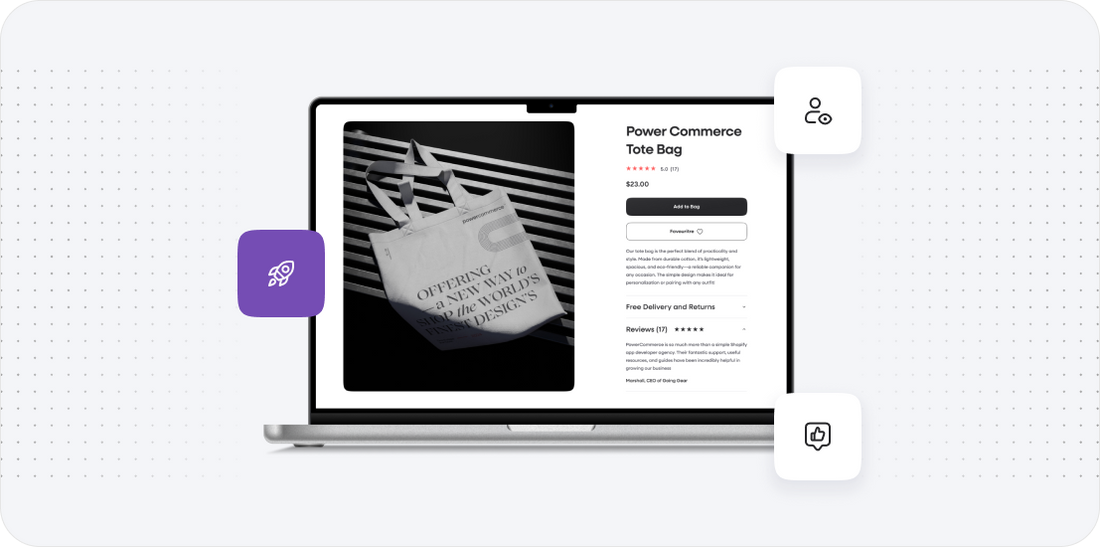
Power Your Step - Get in Touch
Are you ready to make your ecommerce transition seamless and effective? At PowerCommerce, we specialize in migrating stores from osCommerce to OpenCart and ensuring that every aspect of your business is taken care of. Our experience in ecommerce platform migrations allows us to provide you with the best solutions tailored to your specific needs.
Contact us today to discuss your migration:
- Visit our contact page: PowerCommerce Contact
- Call us at: 800-099-9090
- Email us directly at: info@powercommerce.com
With our commitment to excellence, data-driven strategies, and innovative solutions, we’re here to help you power your ecommerce success. Don’t wait! Get in touch with us today!
Stay aligned on what's happening in the commerce world
Trusted by 1000+ innovative companies worldwide
Schedule Your Migration Today
For businesses prioritizing simplicity, scalability, and robust support, Shopify is the clear winner.
Looking to migrate without hassle? Power Commerce can handle the entire process, ensuring smooth data transfer, store setup, and post-launch success.
Marka Marulića 2, Sarajevo, 71000 BiH
00387 60 345 5801
info@powercommerce.com
